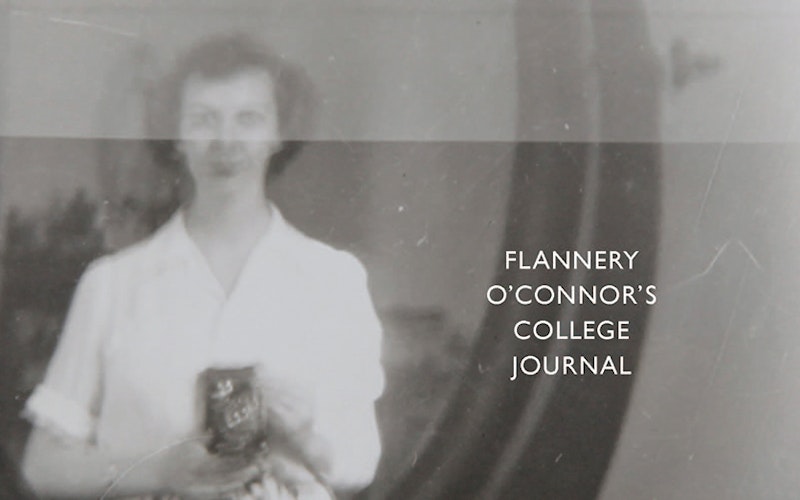
Arts & Leisure
The Calling of Flannery O’Connor
In its November issue, Image magazine will publish for the first time Flannery O’Connor’s college journal. Several previously unpublished photos will appear with the journal, including a riveting self-portrait taken as O’Connor stands before a dresser mirror. New subscribers to Image will get 25% off, as well as the O’Connor issue, if they sign up by Oct. 22. A treasure for O’Connor scholars and devotees, these new offerings comprise the first publication from the O’Connor estate since the release of A Prayer Journal in 2013.
The journal, written during O’Connor’s sophomore year at Georgia State College for Women, covers a brief span of 40 days from December 1943 through February 1944. In some ways, it’s the kind of journal you’d expect from an 18-year-old, riddled with self-doubt, social anxiety, trips to the cinema, laments over eating and sleeping too much, as well as a snide remark or two about a professor.
However, the prevailing theme of the journal is O’Connor’s wrestling with her sense of the clear calling on her life: to write. The journal, in fact, is a step she takes toward that call, a commitment to daily writing. Thus, on Jan. 27, 1944, she writes, triumphantly:
Anniversary! The habit has been formed. For one whole month, every day, I have done the remarkable thing of writing in this book—not one day have I missed in spite of late hours, sandy eyes, ennui. My constancy amazes me. One month!
As is often true, however, even the clearest sense of calling can be muffled by the voices of competing doubts, desires, and circumstances:
One minute I see hope for myself—I see myself center in a world surrounded—not quite center—a little off center but near enough—in a world surrounded by acclaim, prestige, art. Then I see myself in an altogether different setting. I am a unit in a small unit. I am not lonesome. In the first world there are people. They love me but they are far away. I don’t love them. They, most of them, would irritate me. In the second world there are few people. They touch me. They are warm.
O’Connor, who died of lupus in 1964 at age 39, never married. She did have a couple of stalled dalliances, but seems even as early as this stage of her life to feel that lifelong love—due perhaps to an awkwardness and insecurity that become a self-fulfilling prophecy—would elude her. Despite expressions of insecurity and self-doubt, which are normal for any college sophomore or any aspiring writer (especially any aspiring female writer), there is one thing O’Connor is entirely certain of, as the journal makes clear from its beginning. Even at a mere 18, O’Connor knows that her calling and her work must be centered in God. Before the daily journal entries begin, she writes an epitaph that includes this confession and plea:
I must pray. I attribute everything I have done to prayer. I don’t think God will fail me in the future if I pray, if I try to believe. Oh dear God, please don’t let me be taken in by this vast nonchalance with which the socially scientific world looks at eternity!
Midway through the journal, O’Connor writes that her dream is to “devote my life to art, religion, and—my inhibitions pull hard—love.” For O’Connor, to have all three would be to have it all. She would not have it all, however. But she would have art and faith.
And, oh, what art! Oh, what faith! What a gift God gave us in calling Flannery O’Connor first to himself, and then to write.
Topics: Culture At Large, Arts & Leisure, Books